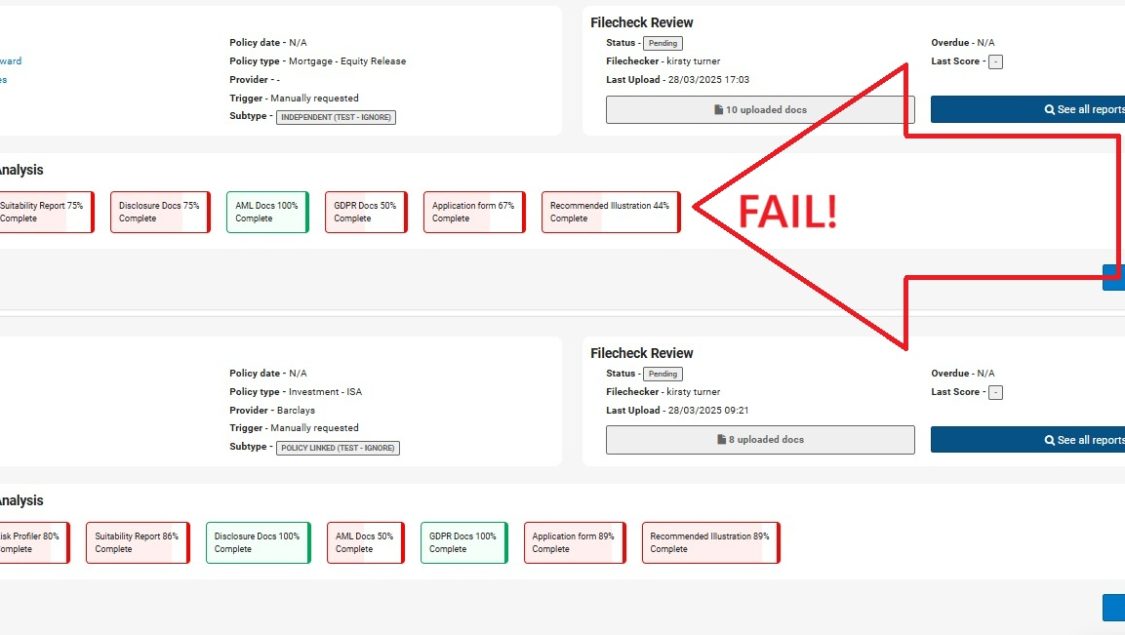Three common misconceptions about the AI that extracts and analyzes your IFA documents:
- AI understands content like humans do
AI does comprehend a document the way a person does — grasping context, nuance, and intent. AI identifies patterns, keywords, and relationships between data points, but it does not understand meaning in a human sense. It can miss subtle context like sarcasm, metaphors, or implied information. For your files, it looks for hard facts. Hard facts, in this context includes soft facts, such as feeling and emotion. Luckily for our field of work, irony, wit, sarcasm and subtlety are rarely part of a suitability report, fact find or set of research papers. - AI analysis is always accurate and unbiased
People often think AI is objective and flawless. However, AI systems are only as good as the data they’re trained on. If the training data contains biases or errors, the AI may produce inaccurate or skewed results. BAT have spent many hours with IFAC compliance staff training the data sets from the existing set of compliance files, and comparing these to manual results. BAT are aware that AI can misinterpret information or overlook important details if not carefully monitored and so have input a feedback mechanism, to help iron out these issues. - AI can instantly process any document format perfectly
There’s an assumption that AI can seamlessly handle all document types — PDFs, Excels with multiple tabs, handwritten notes, images, etc. In reality, poor-quality scans, unusual layouts, or complex file formats can confuse AI models, leading to extraction errors. Pre-processing steps like optical character recognition (OCR) and data cleaning is implemented by BAT top get around this issue.

